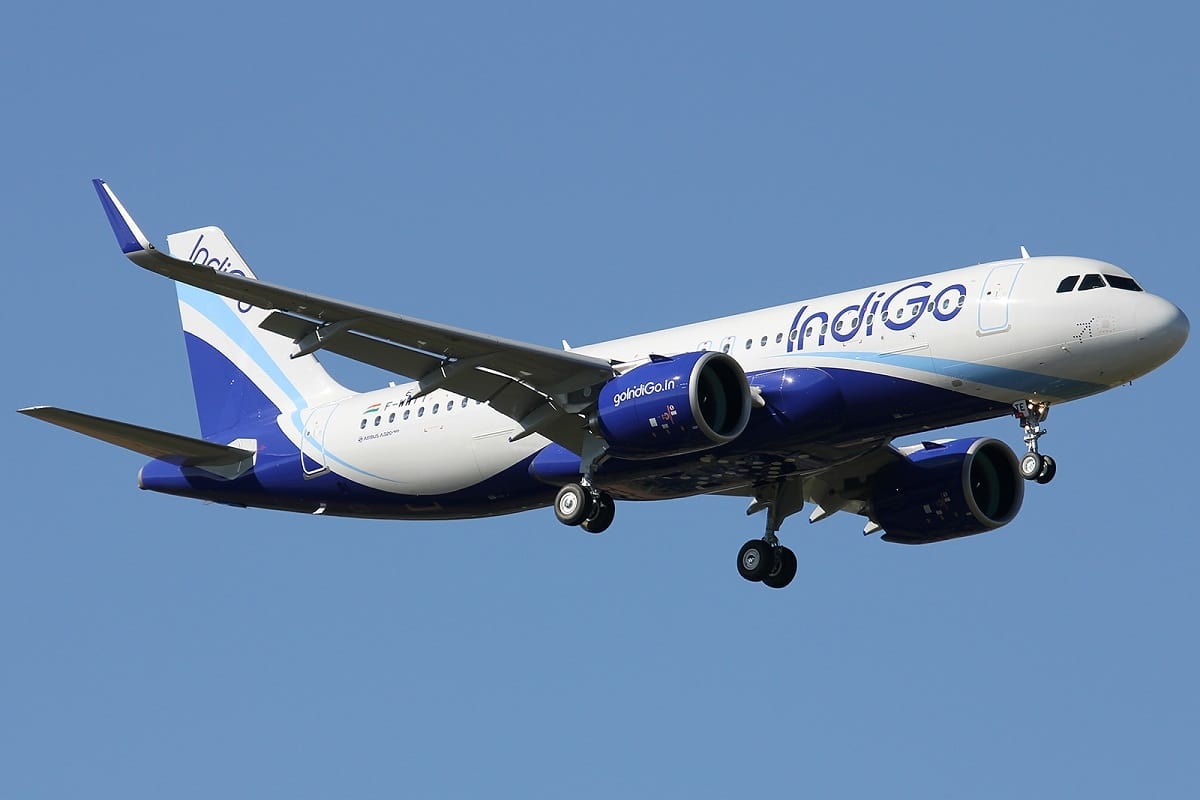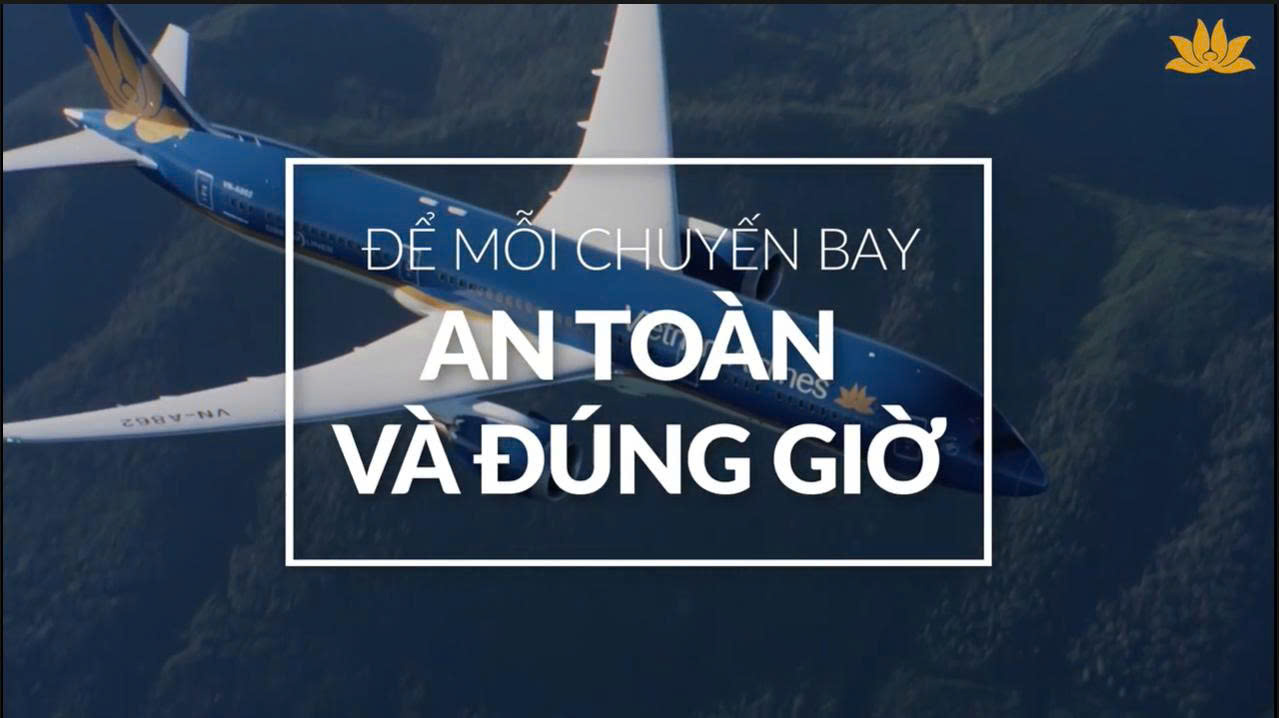Compound annual growth rate of almost 6%
IATA’s Head of Policy Analysis, Andrew Matters, said that India’s aviation industry can expect a compound annual growth rate (CAGR) of 5.8% for the next two decades. This is in line with the estimates of several other aviation bodies and even plane manufacturers, which predict massive demand over the coming years.
At the IATA Aviation Energy Forum held in New Delhi on November 15th, Matters commented: “We at IATA expect Indian aviation to cater to 430 million additional air passenger journeys to and from and within India in 2040 compared to 2019.”
Earlier this year, Boeing predicted that India will be the fastest-growing aviation market with 7% annual growth until 2040. Airbus, too, has estimated similar numbers and says that India will need 2,210 new aircraft over the next 20 years.

Infrastructure boost
As demand for more flights progressively increases, India is aware of the infrastructure requirements to support such growth.
Rajiv Bansal, India’s Civil Aviation Secretary was also present at the event and highlighted that by December, India will have inaugurated six new airports in a span of 12 months, reminding that two new airports – one in Itanagar and one in Goa – will be inaugurated in coming weeks.
Indeed, around 80 new airports are expected to pop up in India in the next five years to fuel the growing aviation sector. In the last eight years alone, the number of airports in the country has increased from 74 to 141. This number is expected to shoot up to around 220 in the next half a decade if all goes according to plan.
Even India’s aviation regulator, the Directorate General of Civil Aviation (DGCA), is looking to hire more than 400 employees to monitor the country’s growing fleet size and ensure that rules are followed and corrective measures are taken.
Discussions on SAF
Given the size of India’s aviation sector and the projected growth, the country can no longer remain detached from the industry’s sustainable goals. IATA believes India could be counted in the list of countries with enormous potential to produce sustainable aviation fuel (SAF).
Bansal also joined the conversation and said that the concerned authorities will examine feedstock availability to make SAF and develop technologies to make sustainable fuel more affordable for airlines.
Sebastian Mikosz, Senior Vice President for Environment & Sustainability at IATA, said that SAF is expected to account for 65% of the decarbonization efforts of the industry, and India’s role in this sphere could be a significant one.
Source: Moneycontrol










